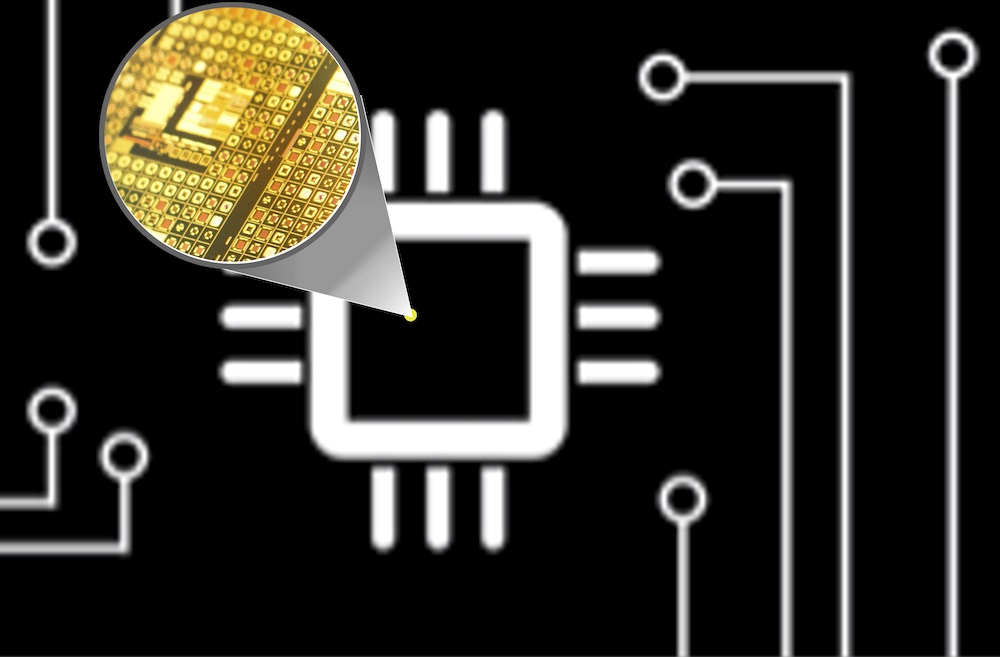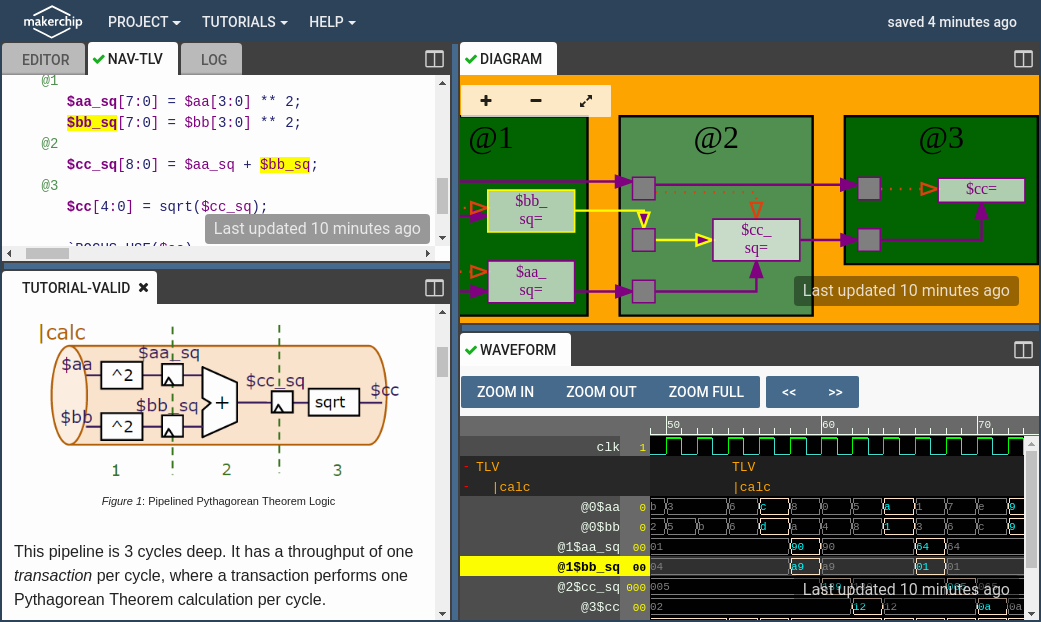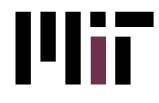Basics of ASICs Course
Basics of ASICs

Beaver Works Summer Institute will offer this course on open source semiconductor design and fabrication this summer. This course will give students practical experience with the building blocks of today’s electronic world—knowledge that will benefit the student no matter what they decide to pursue academically. Students will receive hands-on experience on how to design and arrange semiconductors on a nanometer scale to perform a specific function. Students will start with a blank canvas (semiconductor substrate) and learn how to take a specification through the entire design process—including foundry manufacturability. Once complete, the student’s design will be sent to a foundry for fabrication. Six months later we’ll host a class reunion and the students will be provided a development kit with their custom design etched in silicon--a testament to the student’s creativity and hard work and a milestone to be treasured for a lifetime.

There is overlap with the microelectronics course, including basic electronics, but this course will focus more semiconductor theory, MOSFET/CMOS fabrication. Course instruction by industry practitioners with context from academia and government.

This course does not have any prerequisites as part of the application process (other than deep interest in this topic!). The course will begin in June for accepted students with online instruction of tools and software that will be used during the July program. Accepted students will be provided with this information after April 30.
Week 1 Recap of online prerequisites
- Foundational info on PN junctions and depletion region
- Breadboarding and custom Printed Circuit Board (PCB) design
- Introduction to capstone project
Week 2 Introduction to Hardware Description Layer (HDL) tools
- Introduction to Verilog and TL Verilog
- Practical exercises to familiarize students with syntax
Week 3 Synthesis
- Familiarization with key steps required to make a functioning chip
- Capstone project development
Week 4 Student Project Development (teams of 3 or 4 students)
- Finalize capstone project and ready for tapeout
- Aim Academy intro to Photonic Integrated Circuits



